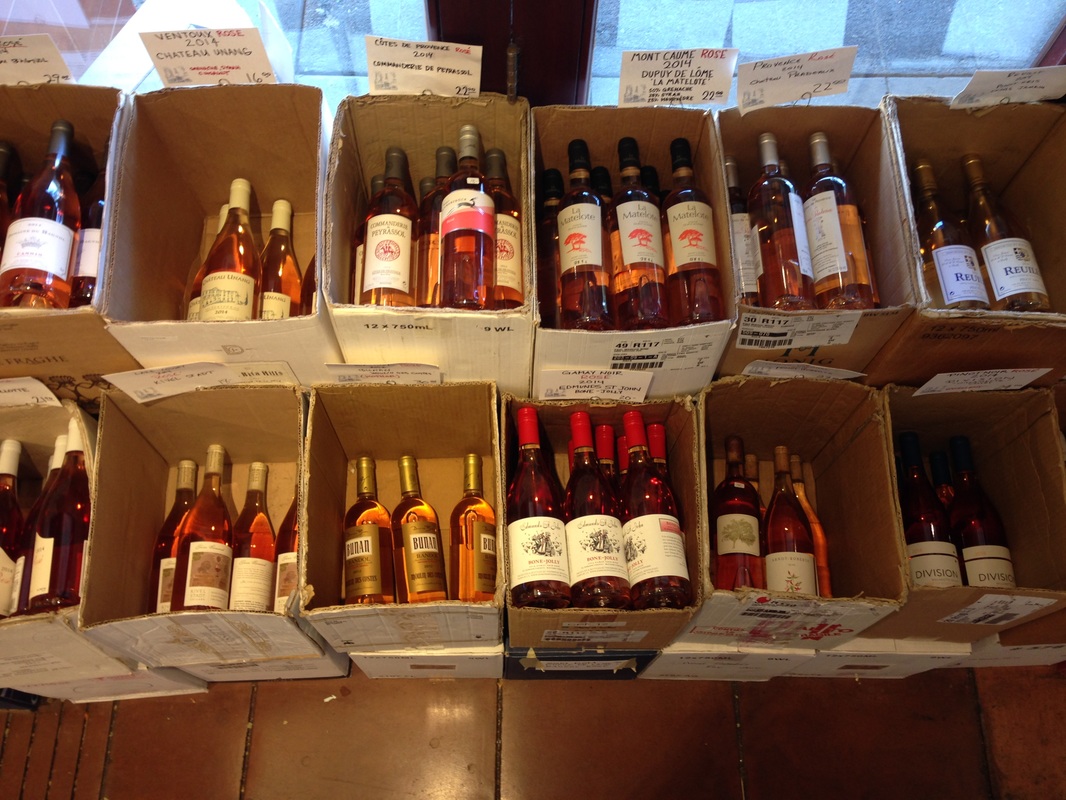 This time of year here at Paul Marcus Wines we are down right Rosé crazy! We live, breath and well uh.. drink the stuff like it is going out of style. And if being fanatical about Rosé is wrong, then we don’t wanna be right. There is something about the crisp and refreshing nature of Rosé wine, not to mention it’s hugely versatile food pairing capability, that makes us all warm and fuzzy like a troop of giddy schoolgirls.
This time of year here at Paul Marcus Wines we are down right Rosé crazy! We live, breath and well uh.. drink the stuff like it is going out of style. And if being fanatical about Rosé is wrong, then we don’t wanna be right. There is something about the crisp and refreshing nature of Rosé wine, not to mention it’s hugely versatile food pairing capability, that makes us all warm and fuzzy like a troop of giddy schoolgirls.
And just when we thought our passion for pink couldn’t get any stronger, we’ve gone and outdid ourselves. Currently PMW offers nearly 50 Rosés from countless appellations all over the world! A grand parcel of prime real estate in the front of the store is and will be dedicated to Rosé mania throughout the summer. It’s a thing of sheer beauty.
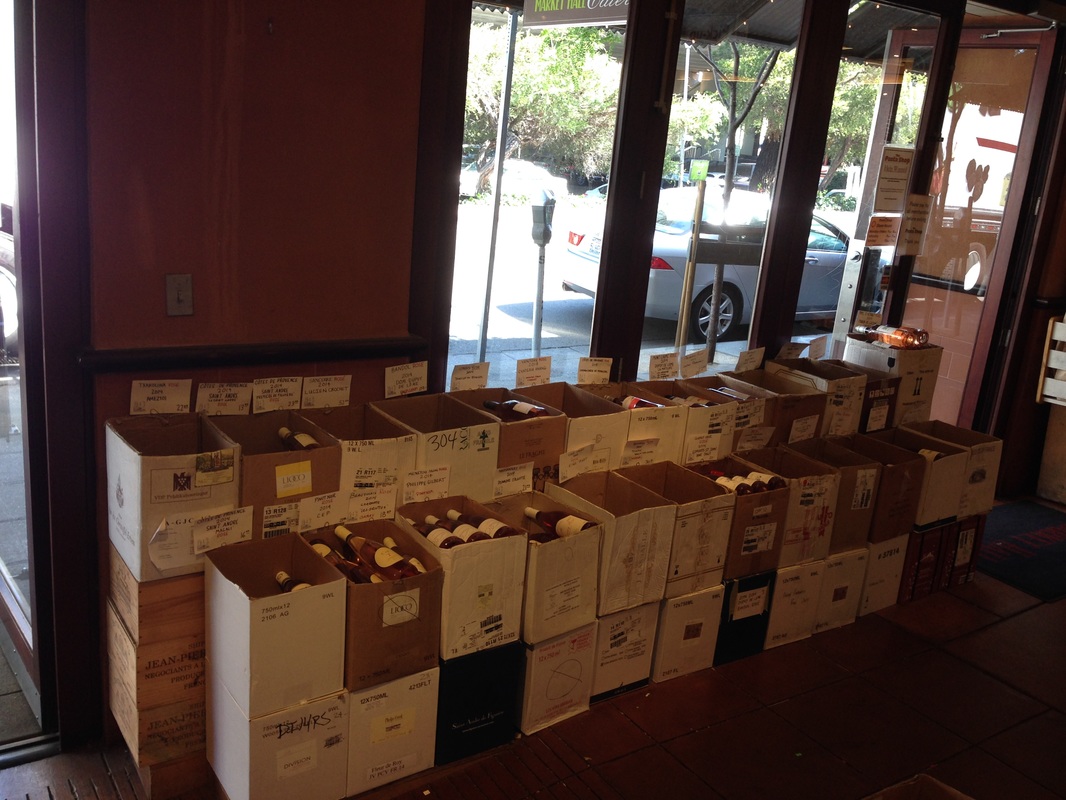
It’s a constant game of Tetris trying to make room for all the great Rosé we taste. Just recently this plethora of pink pleasure packed pests decided to play not so nice in the sandbox, essentially banishing their long time neighbor Spanish whites, to an entirely different section!
Now you may be asking yourself a question asked by many of our customers. Isn’t the Rosé category way out of style and aren’t they all sweet and of questionable quality? You are not alone in this realm of thinking. Even though delicious dry and high quality Rosé has pretty much always been produced, it is unfortunately in most peoples minds been lumped into the same category as your Mother’s Mateus and your Grandmother’s White Zinfandel. And when you think about it it’s not all that surprising. Beringer, a well known mammoth of a winery from California, practically made their entire fortune by churning out over one hundred thousand cases a year of their affordable sweet blush. It’s been burned into the masses minds that Rosé can’t be anything but the sweet plonk of days past.
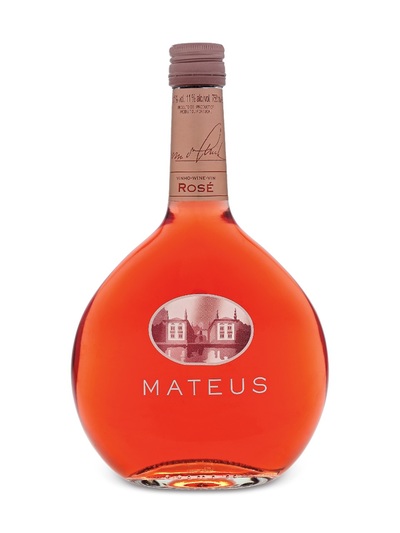 Somebody drinks this stuff, right? |
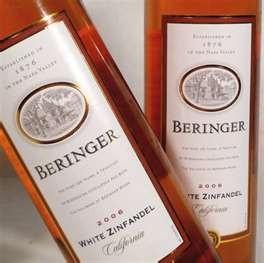 Blush makes you beautiful, doesn’t it? |
Fortunately PMW has unbelievable access to the finest wines in the world. We are clobbered every Spring with a multitude of hand crafted Rosés made by producers who seek to fortify the reputation of Rosé as a world class wine that should always be considered when you are making your selection for your Friday night party or better yet Saturday barbecue. We wouldn’t be doing right by these hard working pink wine artisans if we didn’t succeed in spreading our undying love for Rosé. So there we are, constantly urging our patrons to “think pink” and witnessing ridiculous amounts of Rosé walk out our very door every single day. We are proud knowing that bone dry and highly satiating Rosé is being prominently featured all over the globe on wine lists and retail establishments.
I suppose we would be leaving a stone unturned if we weren’t to explain just why we are so damn excited about this particular wine category.
Rosé wine is basically a pink potion made by bleeding or pressing juice from red grapes (the color comes from the contact with the grape skins) or by blending portions of red wine and white wine together. It’s a process that can coax some of the most delicate and pretty aromatics possible from nearly any variety of black-skinned grapes. So what does this mean in terms of the flavor of the wine and it’s practical application? Well in a nutshell, you kinda are able to get the best of both worlds! You can attain the fresh and bright acid driven character of great white wine plus the highly desirable red fruit and secondary flavor characteristics of great red wine. You can even impart phenolic content to the wine. Yes, Rosé can have tannin too!
Because of this harmony of red and white wine attributes, Rosé can go beautifully with many foods that most might only pair with either a red or a white wine. Their generous fruit and staunch acidities make them matchable with a vast array of dishes. Have you ever been out to dinner at a nice restaurant and everyone at the table orders drastically different dishes, and the host is struggling to choose a wine that can fill the tall order of being tasty with Chicken Caeser Salad, Seared Rare Tuna and Grilled Ribeye. Rosé, along with Riesling and Champagne by the way, might be their huckleberry!
And whats more is that Rosé is made in a wide variety of different weights, from lighter bodied quaffable styles to full bodied deeply textured styles. This means that while Rosé can obviously be sipped at your fourth of July barbecue it can also be enjoyed in front of a cozy fire in the dead of winter, in other words all year round. Any season is Rose season here at PMW and no matter what time of year we always have some tasty pink wine on deck.
The last and certainly not least reason why we love drinking Rosé so much is because, its just so damn easy to drink. After a long day of tasting red wine being hit over the head with heavy, extracted, or tannic wines, Rosé seems perfect cleanse the palate and take our minds off the daunting task of deciding which of the ten Pinot Noirs we tasted are worthy enough to be featured in our humble store. The same way many use a cold beer to relax after a hard day at work.
If our passion for pink wine isn’t obvious by now, we encourage you to come on down to the shop and see for yourself how dedicated we have been to putting bottles of Rosé into our customers hands for decades.
With that in mind we would like to give you a peak at what Rosés we have been especially excited about lately. We’ll have you know that this is just a mere glimpse of what we offer and theres plenty more where that come from.
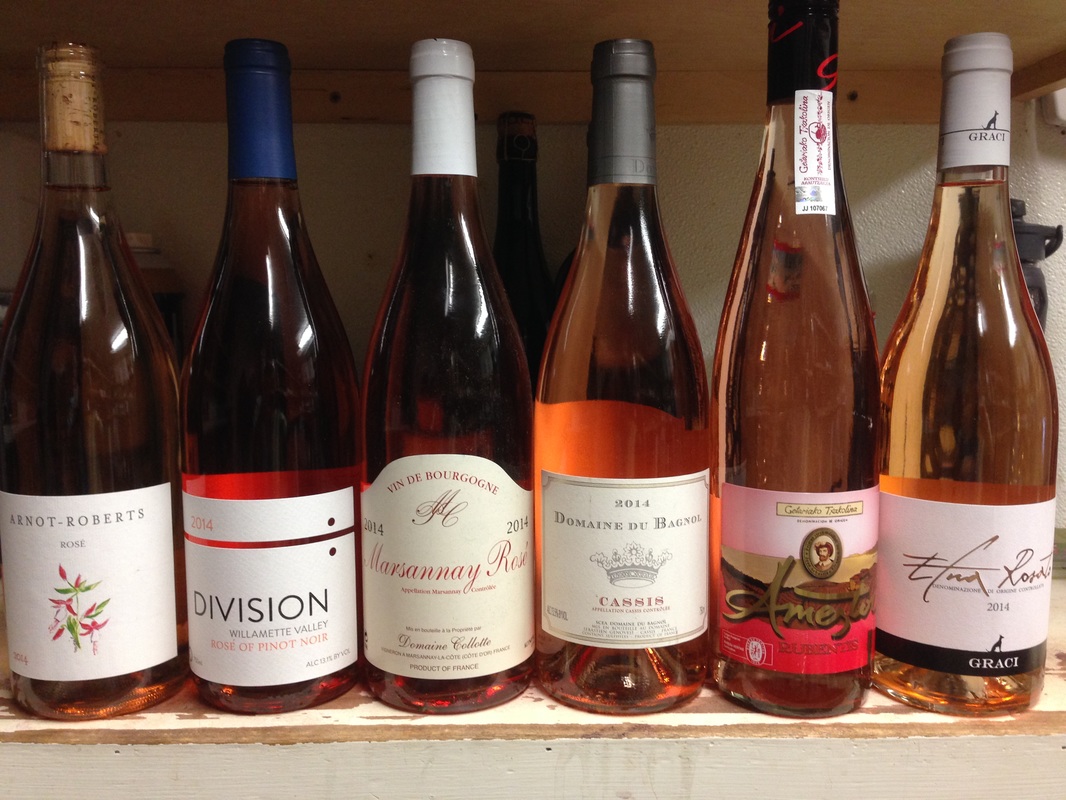
Have you seen our Spanish neighbors lately? Nah, I think they got tired of our late night shenanigans and moved across the bay.
Arnot-Roberts Touriga Nacional Rosé-California $27
“New wave pioneer Arnot-Roberts strikes again with this delicious Rosé made from Touriga Nacional and a splash of Tinta Cao, grown in the rocky and volcanic soils in Clear Lake. The nose shows fresh strawberry and blood orange, while the palate is bright with great acid and a savory saline finish. Very limited production.”
Division Pinot Noir Rosé- Willamette Valley, Oregon $24
“The wine is showing floral and spice nose with savory and wild strawberry aspects. The palate mineral rich, like wet rock, and intense in strawberry and Rainier cherry. The wine is light and crisp and has an intense wild pink salmon color. Out of the gates and drinking very well, but will likely evolve coming months and gain in complexity.” 190 cases made.
Domaine Collote Pinot Noir Rosé- Marsannay, France $21
“As soon as the grapes arrive at the cuverie, they are pressed, then fermentation and “élevage” is in stainless steel in order to keep all the fruit of this wine and preserve its freshness and youth. The Marsannay Rosé, soft and fruity, is backed with good strength and liveliness. It rosé color has red currant hues. The aroma evokes freshly harvested fruit and peaches.”
Domaine du Bagnol Grenache, Mourvedre, and Cinsault Rosé- Cassis, France $29
“The Rosé is produced from several parcels that comprise slightly less than 7 hectares of vineyards. The vineyards are clay and limestone, situated on a gentle slope with a north – northwest exposure. The blend is Grenache (55%), Mourvedre (31%) and Cinsault (14%). Production tops out at about 40,000 bottles per annum; approximately 6000 bottles are allocated to the US market.”
Ameztoi Rosado di Hondurabbi Beltza- Getariako Txakolina, Spain $22
“The pink sibling of Ameztoi’s flagship white, this vibrant rosé is made from a mix of red and white indigenous grapes and is bottled with a little residual carbon to give it a light spritz. Fermented in stainless steel. Candied red fruits combine with a lime infused edge makes this a wildly intriguing rosé. The bottle will not last long!”
Graci Rosato di Norello Mascallese- Etna, Italy $20
“Vessel cement tanks, no malolactic fermentation. Five months of contact with fine lees, natural filtration. One month in bottle before release. Pale salmon pink. Very elegant and understated, with pretty red whole berries Palate: Harmonious and sublime, exquisitely balanced throughout. Ripe berried and saline finish.”
Please remember we offer 10% off any twelve bottles of wine. This can save you some coin when you are putting together a case of Rosé for your next weekend event.
Cheers and thank you to our loyal patrons.
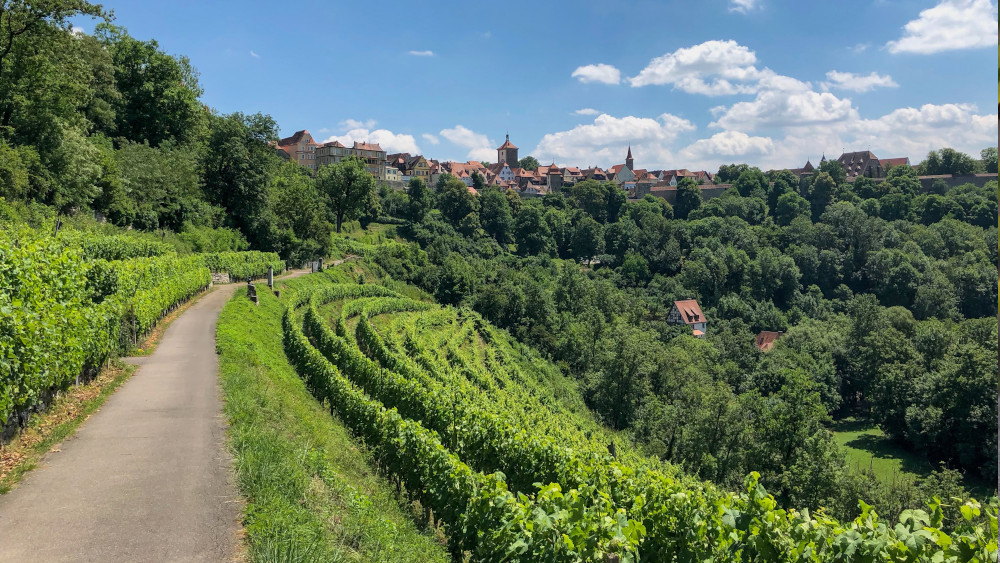
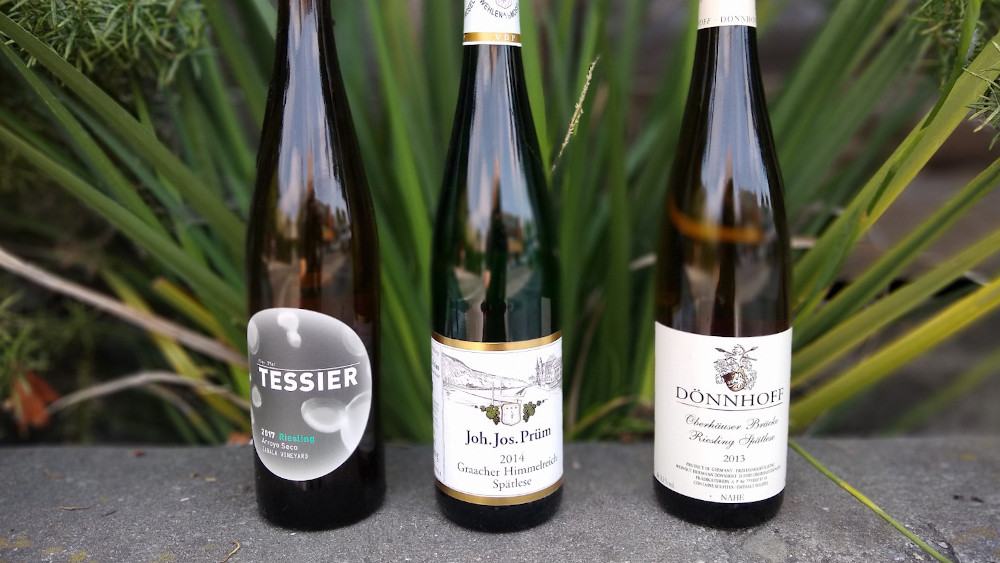

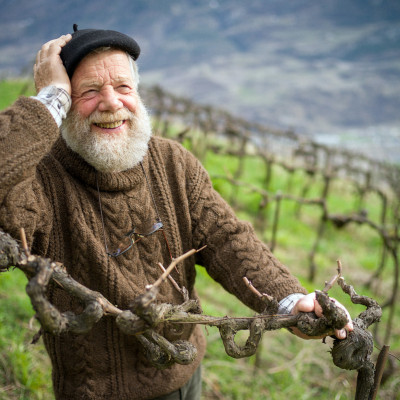
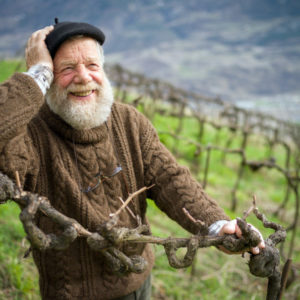
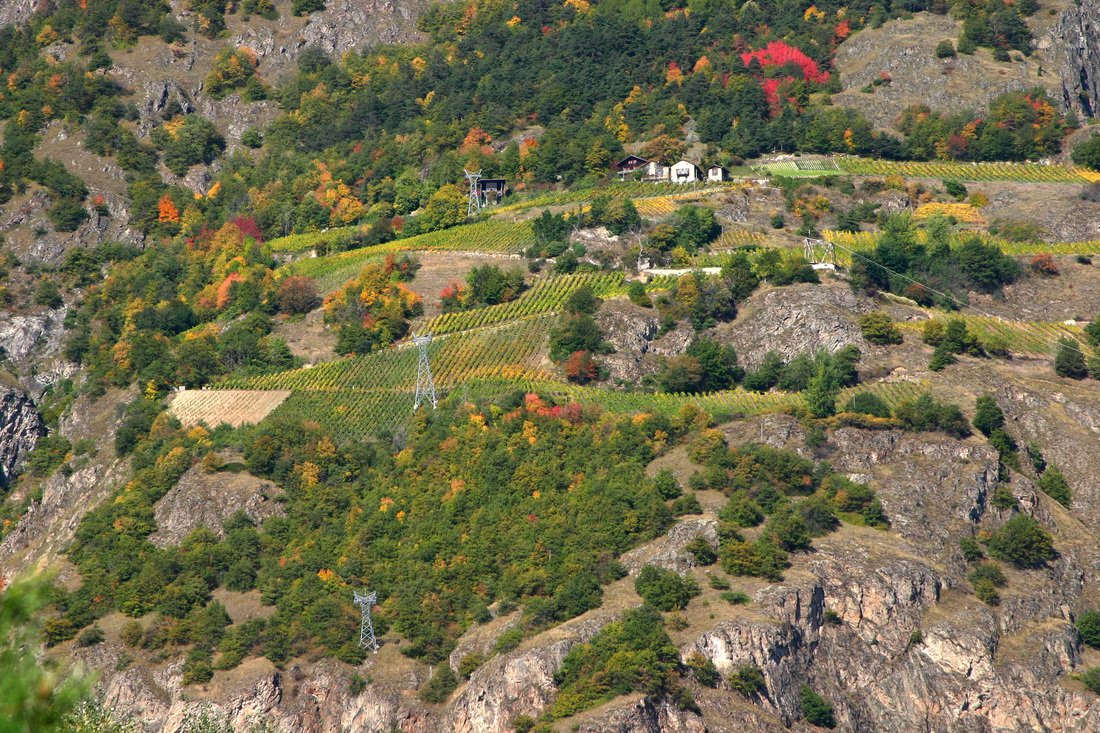
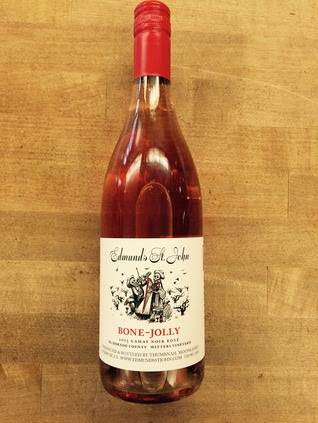
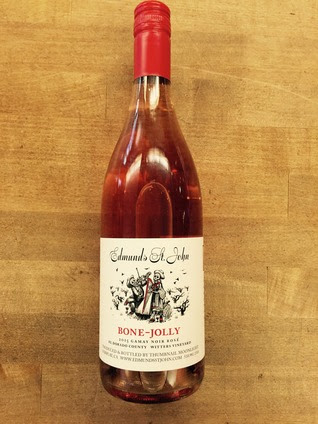
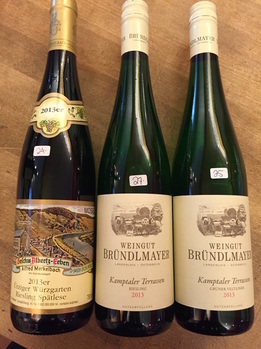

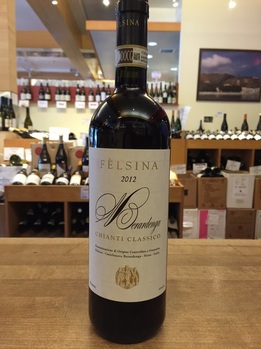
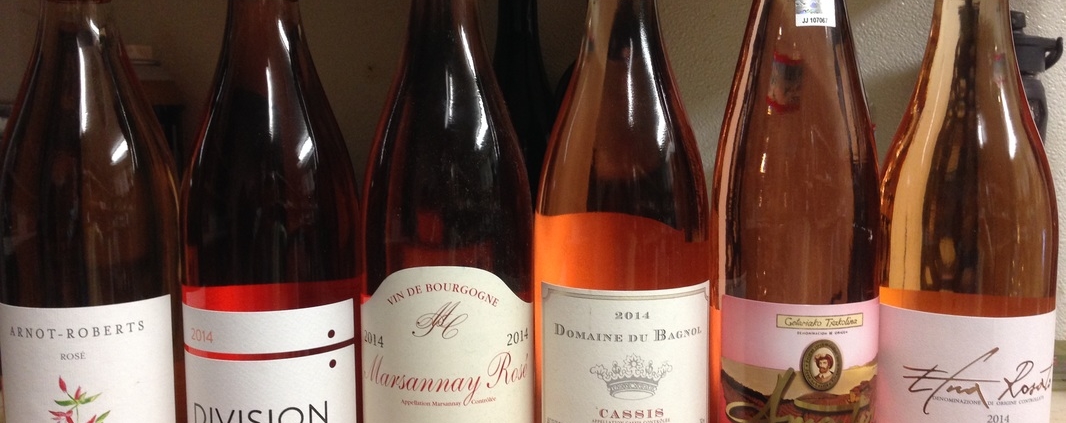
 This time of year here at Paul Marcus Wines we are down right Rosé crazy! We live, breath and well uh.. drink the stuff like it is going out of style. And if being fanatical about Rosé is wrong, then we don’t wanna be right. There is something about the crisp and refreshing nature of Rosé wine, not to mention it’s hugely versatile food pairing capability, that makes us all warm and fuzzy like a troop of giddy schoolgirls.
This time of year here at Paul Marcus Wines we are down right Rosé crazy! We live, breath and well uh.. drink the stuff like it is going out of style. And if being fanatical about Rosé is wrong, then we don’t wanna be right. There is something about the crisp and refreshing nature of Rosé wine, not to mention it’s hugely versatile food pairing capability, that makes us all warm and fuzzy like a troop of giddy schoolgirls.



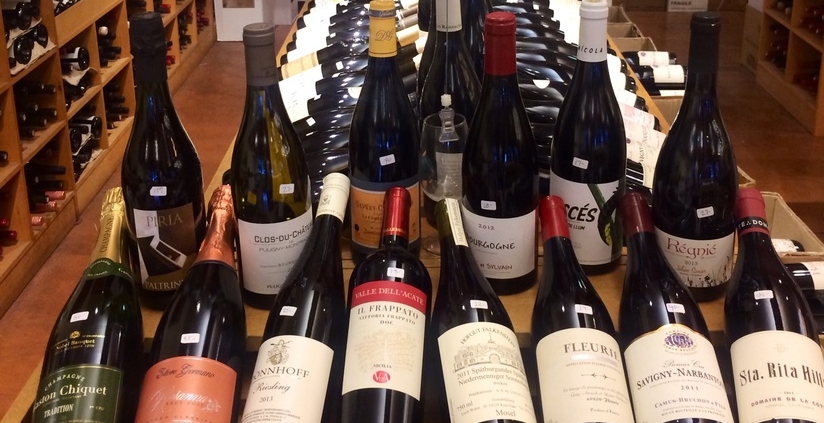
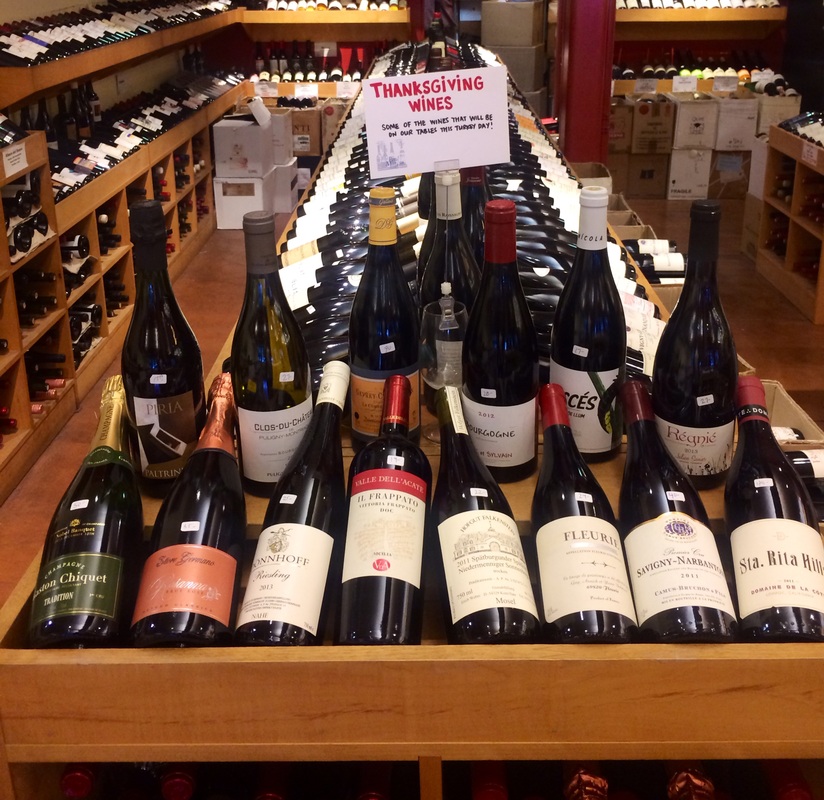 This Thanksgiving, we took the guesswork out of wine shopping for you and created a special section filled with some of our favorite bottles. Whatever your palate or price point, your turkey is sure to be in good company with any of these wines.
This Thanksgiving, we took the guesswork out of wine shopping for you and created a special section filled with some of our favorite bottles. Whatever your palate or price point, your turkey is sure to be in good company with any of these wines.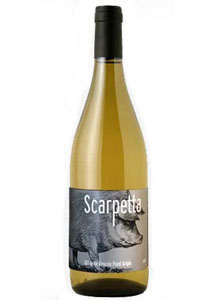
 Few grape varieties divide the wine-drinking masses more than Pinot Grigio. The fact that it has been constantly struggling with a very public identity crisis benefits neither vine nor consumer. Not actually its own distinct variety, Pinot Grigio, like Pinot Blanc, is actually a color mutation of the much more universally beloved Pinot Noir. If Pinot Noir is a high-maintenance but friendly beauty who strives for perfection in all she does, Pinot Grigio is known as her plain, timid little sister who tiptoes through life trying her best not to get on anyone’s bad side. To make matters worse, she must follow in the footsteps of her earlier-born twin sister, the more sophisticated and worldly Pinot Gris. Despite all odds, however, Pinot Grigio managed in the early twenty-first century to find an accepting table in the lunchroom, where she has enjoyed popularity among an affable crowd ever since.
Few grape varieties divide the wine-drinking masses more than Pinot Grigio. The fact that it has been constantly struggling with a very public identity crisis benefits neither vine nor consumer. Not actually its own distinct variety, Pinot Grigio, like Pinot Blanc, is actually a color mutation of the much more universally beloved Pinot Noir. If Pinot Noir is a high-maintenance but friendly beauty who strives for perfection in all she does, Pinot Grigio is known as her plain, timid little sister who tiptoes through life trying her best not to get on anyone’s bad side. To make matters worse, she must follow in the footsteps of her earlier-born twin sister, the more sophisticated and worldly Pinot Gris. Despite all odds, however, Pinot Grigio managed in the early twenty-first century to find an accepting table in the lunchroom, where she has enjoyed popularity among an affable crowd ever since.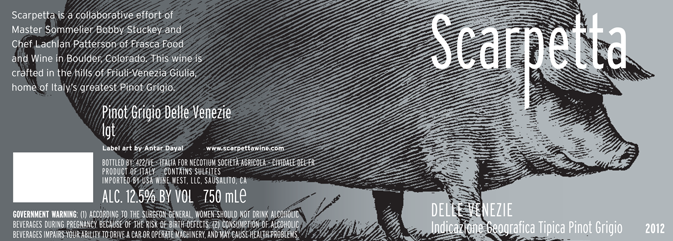
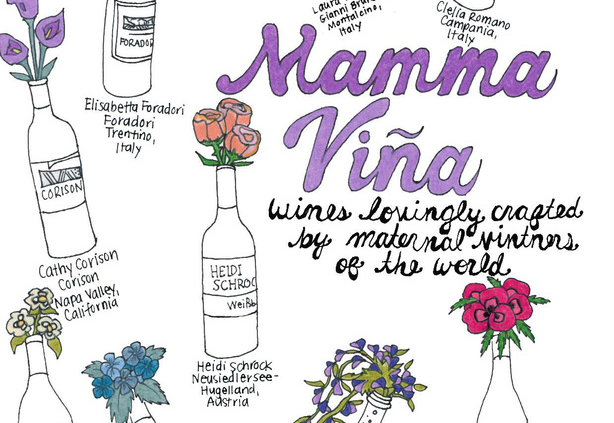
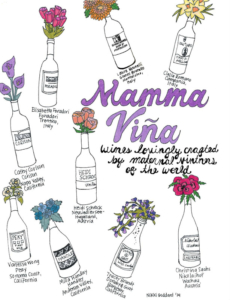 Crafting a great bottle of wine can be quite similar to raising a family. From shielding sensitive young grapes in the vineyard from pests and disease to controlling unruly fermentations in the cellar, certain winemakers already know that the process of growing up depends on both nature and nurture. This Mother’s Day, celebrate the mothers in your life with a glass of wine made lovingly by a winemaker who is also a mother.
Crafting a great bottle of wine can be quite similar to raising a family. From shielding sensitive young grapes in the vineyard from pests and disease to controlling unruly fermentations in the cellar, certain winemakers already know that the process of growing up depends on both nature and nurture. This Mother’s Day, celebrate the mothers in your life with a glass of wine made lovingly by a winemaker who is also a mother.